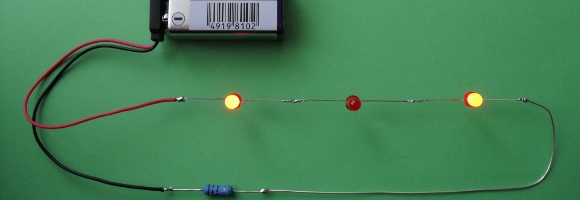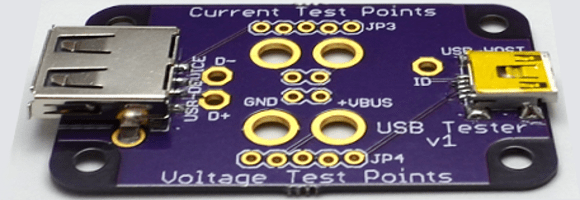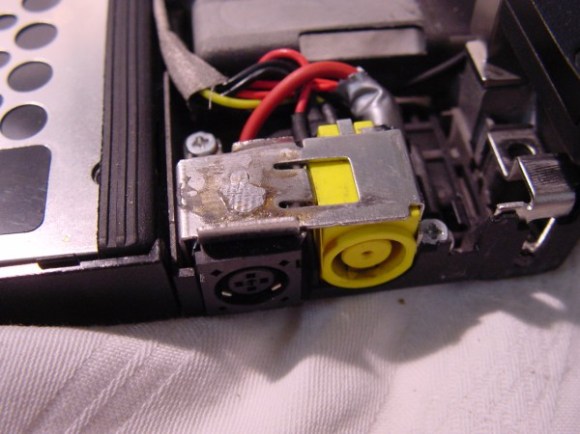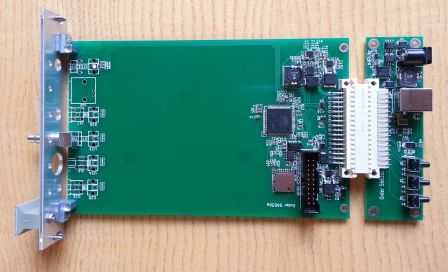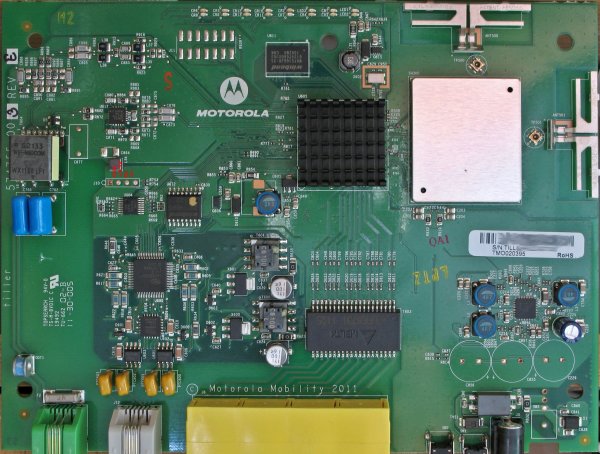
You can build a surprising amount of stuff from parts you can pick up at a hardware store. Sometimes, though, getting a project built from sections of pipe is very, very difficult. That’s the case with [Lou]’s hardware store engine: despite an inordinate amount of cleverness, he just can’t seem to get an engine made from pipe fitting to work and is now asking for some ideas from other ingenious makers.
The engine uses regular oxygen and propane tanks you can pick up at Home Depot with torch heads soldered onto half inch pipe. The fuel and oxygen are mixed in a T fitting until a grill igniter sets the gas mixture ablaze pushing a cylinder down the length of a copper pipe. The cylinder is attached to an aluminum flywheel that also controls the opening and closing of the oxygen and propane valves as well as switching the grill igniter on and off.
Right now, [Lou] can get the engine running, but only for one stroke of the cylinder. He’s having a bit of a problem turning this into a working motor. If you’ve got any idea on how to make [Lou]’s engine work, drop a line in the comments. We’ll throw our two cents in and say he needs a valve on the exhaust, but other suggestions are always welcome.



